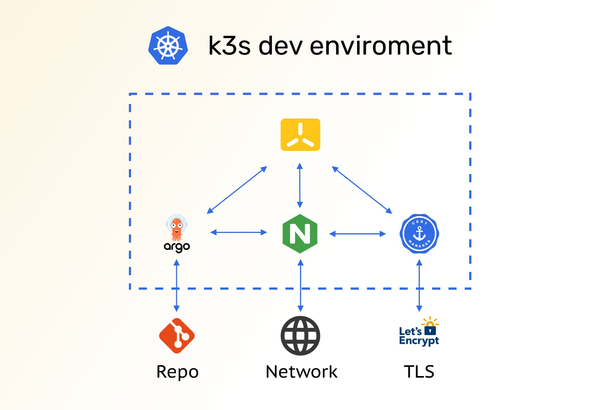Strengthening Security Governance Through Employee Awareness

Security governance is a critical component of an organization's cybersecurity strategy. While advanced security technologies provide robust protection, human factors remain a significant risk. Educating employees on security governance enhances overall resilience and reduces vulnerabilities.
The Role of Employees in Security Governance
Employees play a key role in maintaining cybersecurity. Without proper awareness, even the most secure systems can be compromised due to human errors such as phishing attacks, weak passwords, or improper data handling.
1. Understanding Security Policies and Compliance
Employees must be aware of security policies, regulatory requirements, and best practices to ensure compliance with frameworks such as:
- ISO 27001 – Information security management
- NIST Cybersecurity Framework – Risk management best practices
- GDPR – Data protection and privacy
2. Phishing and Social Engineering Awareness
Cybercriminals often exploit employees through phishing and social engineering tactics. Regular training and simulated phishing exercises can help employees recognize suspicious emails and messages.
3. Secure Password Management
Encouraging the use of password managers, multi-factor authentication (MFA), and strong password policies significantly reduces credential-based attacks.
4. Data Protection and Handling Best Practices
Employees must understand:
- Proper data classification and encryption techniques
- Secure data sharing methods
- How to report potential security incidents
5. Incident Reporting and Response
A well-informed workforce knows how to respond to security incidents. Organizations should establish clear reporting procedures and ensure employees understand their role in incident response plans.
Strategies to Improve Security Awareness
- Continuous Security Training – Implement regular cybersecurity awareness sessions and e-learning programs.
- Simulated Cyber Threat Exercises – Test employee responses to cyberattacks through tabletop exercises.
- Role-Based Security Education – Tailor training programs based on job roles and data access levels.
- Gamification and Rewards – Encourage participation in security training through incentives and recognition.
The Future of Security Governance
As cyber threats evolve, integrating AI-powered security tools and behavioral analytics will enhance security governance. Automated threat detection, adaptive authentication, and zero-trust architectures will play a vital role in mitigating risks.
Final Thoughts
Effective security governance requires both technology and employee awareness. Organizations that invest in security education and governance strategies significantly reduce risks and strengthen their cybersecurity posture.





